One of the things that has become the main theme of my online mentorship is the different thought processes needed when you are a student vs. when you enter professional illustration.
As a student, there’s a tendency to focus so hard on accumulating and strengthening skills that you forget why we’re doing it. The point of learning to paint is not just to be a good painter.
“Wait, what?” you might be thinking. “Being a good painter isn’t the point?!”
No. Do you want to be good at painting? Yes, but that is not the end goal. You are trying to be a good painter so that your paintings communicate something. So that you can evoke emotions. So that you can understand a client’s problem and solve it.
Most of the students who sign up for my class want to paint for Magic: the Gathering. Many of us, after setting that goal as our dream job, start to think of it as a sign of our worthiness. We aim to strengthen our portfolios to prove we are good enough to paint a Magic card.
As students with the mindset of showing we are good enough, we tend to try to make each painting into the best painting we can do. What subject matter is the best? How can we most effectively showcase our skills? All our accumulated skills! In one piece simultaneously!! Maybe we have gotten an assignment from a client or teacher, and the description is so simple we want to add to it. Or maybe the prompt captures our imagination and we run away with it, iterating and expanding on the idea and trying to create multiple portfolio pieces on the side. Or maybe we have a worldbuilding or writing project and want to make one illustration that sums up the whole. Entire. UNIVERSE.
The doubt creeps in. What if what we’ve started on is actually not the best idea? What if we have new ideas halfway through? Surely they’re better. What if we’ve done really well at an unrelated study, and want to bring the new skill into this piece somehow? What if we need to get better at something before we feel ready to complete this piece? Students often falter and start over halfway through, only to do so again and again.
This is how we end up with piles of studies and half-started ideas, blown deadlines, and frustrated teachers and clients.
There’s a time and place for practice and challenge for its own sake. In a class? Yes, depending on where you are in your development. But in your portfolio and your client work? Let’s think about it.
Returning to the topic of Magic: the Gathering: MtG is not a gallery. It’s not an illustration annual. They aren’t just looking for good painters. Magic is a game, and a Magic illustration has a very specific and intricate job to do.
Think about how the game is played. Every card affects the parameters of the game. There is text on the card that explains what it does, but the player does not usually have time to reach over and pick up the opponent’s card to read it. This is where the illustration becomes essential: it needs to identify the card to the opposing player– one inch tall, upside-down, and across a table. Many players memorize multiple hundreds of cards’ mechanics based on the illustrations seen in this way.
The ideal Magic illustration needs to have a unique value pattern and clear silhouette to fulfill this purpose. It should express the emotional tone of the card mechanic – an attack card should look aggressive, a defensive card should look sturdy, a buffing card should look uplifting, etc.
If we approach a Magic card from a student mindset, and deviate from the prompt or add our own ideas, it is going to impede the use of the image for expediting gameplay.
To approach your goal of painting for Magic, or of painting for any client, you need to stop thinking like a student, and start thinking like a professional.
What is the purpose to the illustration? What does the client need to communicate to the viewer?
How will the illustration be viewed? If it will be seen small, or from a distance, then a clear and iconic silhouette is a must.
Is there space for you to showcase your abilities in this thought process? Of course! You will need to bring all the skills you’ve got in order to solve the client’s problem. Your existing set of skills are up to the task, or you wouldn’t have been hired.
Having a professional mindset is not the end of learning. It doesn’t mean getting rid of your curiosity or openness to experimentation or critique. It simply means understanding that you are not being hired to prove yourself.
You can set that all that weight down. It’s not about you. Your self worth does not need to hinge on every painting you do. You don’t need to find the best idea of all time or the best way to cram all of your skills into one piece.
A professional simply looks for an effective way to fulfill the needs of the prompt. That’s challenge enough, but it is a battle you can win.


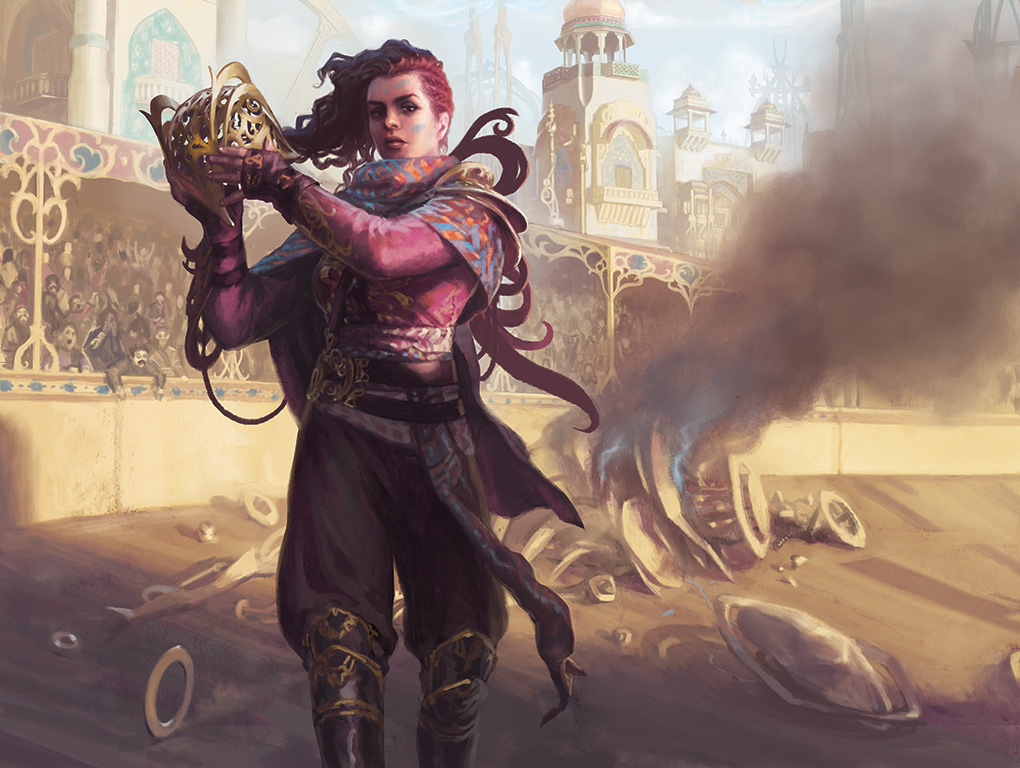
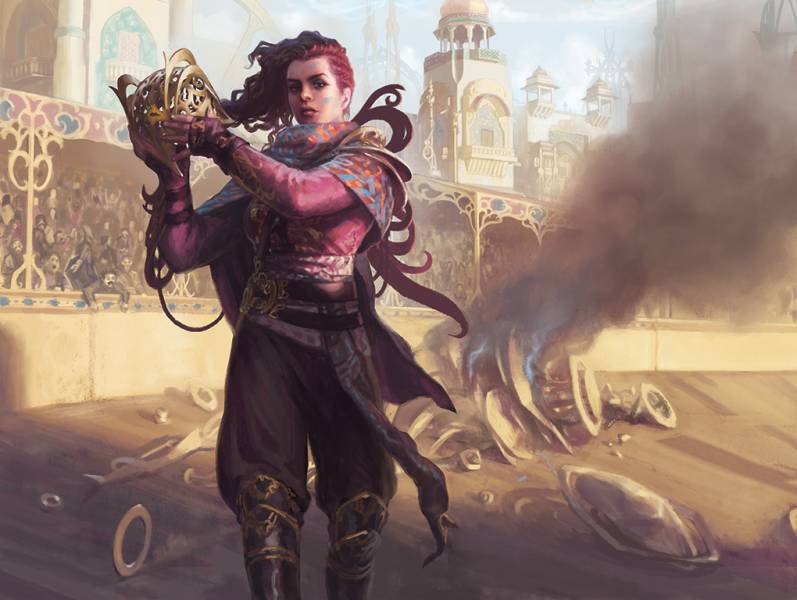
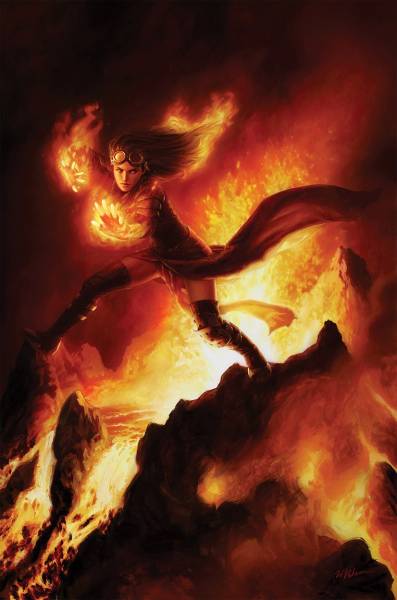
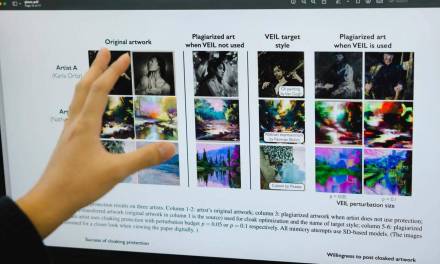


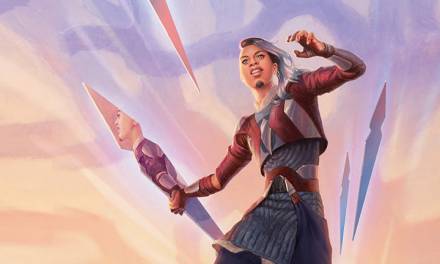
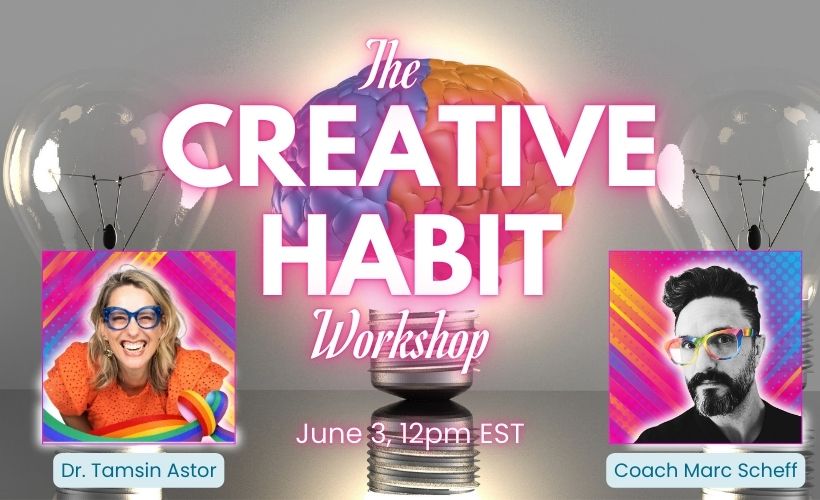
Thank you, Winona!! This came at a perfect time for me. I’ve been so slow to get my portfolio out into the world because I keep starting over. I’ve been out of college for about two years now and that student mindset is really holding me back!!
I’m so glad you found it useful!
Thanks for the post Winona! Very inspiring and motivational. I hope that I will soon be able to take your online mentorship.
I hope so too!
this is ENTIRELY ME! This part “The point of learning to paint is not just to be a good painter” almost confused me because the pursuit and constant thoughts have been to get better longer than it’s been to communicate something at this point… The only time my mind is taken away from that is when I have to “perform” / do client work and have a deadline, then the goal is someone else’s fulfilment, when strange as it sounds is a break from my own ego
You’ve definitely challenged my perspective on this now, thank you!
I’m happy to hear this have you a perspective shift! Finding what you want to say can take time too, so be kind to yourself and remember it might not be immediate and that’s okay!
Ja! this one was a nice fresh splash of water. I def can sin of this. I try every painting I have to be quite thematically charged and let the silluetes get lost for the sake of the feeling of the composition…despite aspiring to work for MtG. I am quite proud of my paintings and work fast enough so at least in that way I got away from the student mentality.
much to think about.
It’s always good to check back with your silhouettes and make sure everything is clear. And each skill takes its own time to learn, so your time focusing on other aspects of image making is not lost time 🙂
This is SO well put! Been thinking a lot of the same things in fact lately as I work on my 4th MTG card lol. Knowing which tools help tell THIS story and which tools aren’t needed here…
Also didn’t start getting MTG work until I stopped applying and focusing on exploring my own style a bit more. So now I know they are hiring for what I obviously know how to do and it’s VERY freeing.
I will be keeping this article on hand for all my students this year I think. 😉
I’m happy to hear it had some use to you! It’s a good feeling knowing you’ve been hired to apply your strong suit, definitely gives you a confidence boost 🙂
Loving this post a lot!